Moseley Old Hall in Staffordshire was built around 1600 by a wealthy wool merchant and Roman Catholic Henry Pitt. Pitt died a couple of years later and was passed to his daughter Alice Whitgreave. The house is the most famous for hiding King Charles II from Cromwell's troops after he fled from the Battle of Worcester in 1651. The bed that the king slept in and a priest hole where he hid is located at the property. We had an amazing tour guide who told us the history of the property.
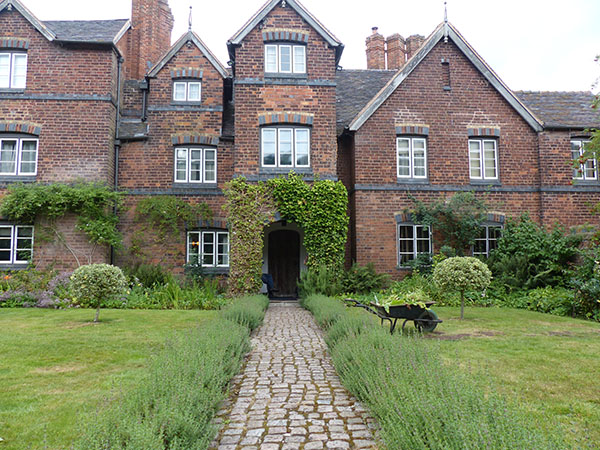
The house was on the main road at the time, but it is now firmly in the countryside and down a lane. The exterior of the house was changed in the late 1800s as it was in poor condition.
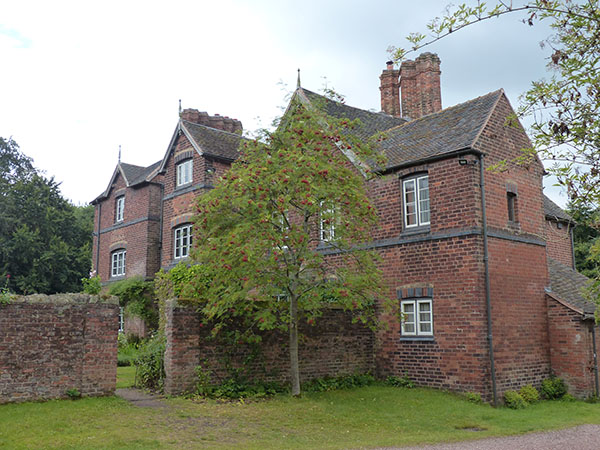
The first room toured is the kitchen, and it was used for food preparation and brewing. The escaped king would have had a meal prepared from here and met with the priest of the house (as the family were Roman Catholic).

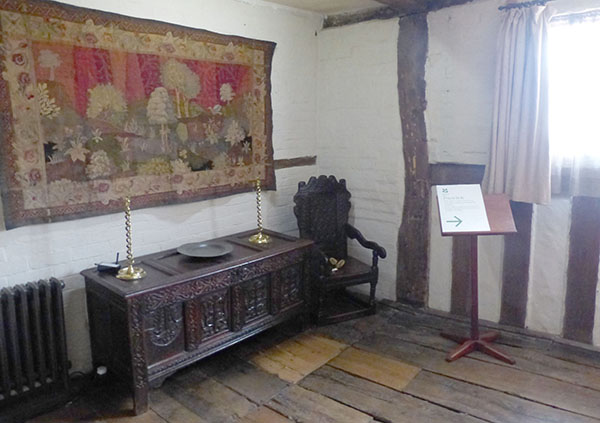
Up the stairs is a priest hole where King Charles II hid when the troops came to look for him. The priest hole is near to the room Charles II stayed in, and it is only 5 foot by 4 foot. Charles II was 6' 2".
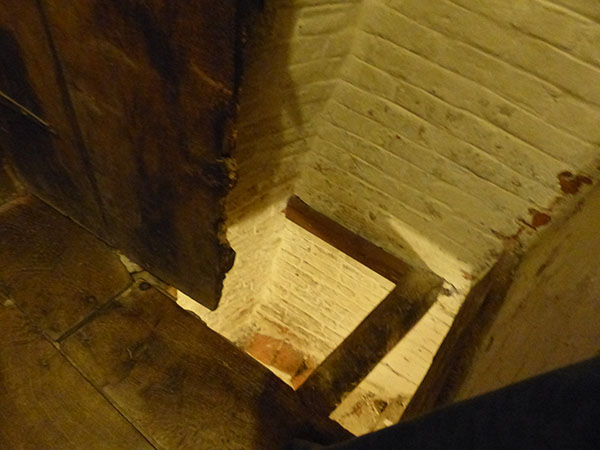
The room that King Charles II stayed in contains the original bed he slept in. Charles II was only 21 at the time. He was given food to eat in front of the fire here, and the priest washed his feet as they were cut from shoes that were too small. The king was also given new clothes and caught up with his old friend at the house.
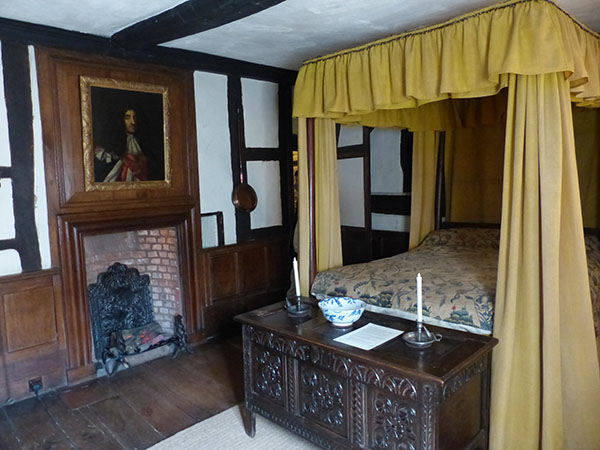
The room next to the king's bedroom also contains a window that looks out and over the main road. The soldiers were seen arriving on the road, which gave notice for the king to hide.
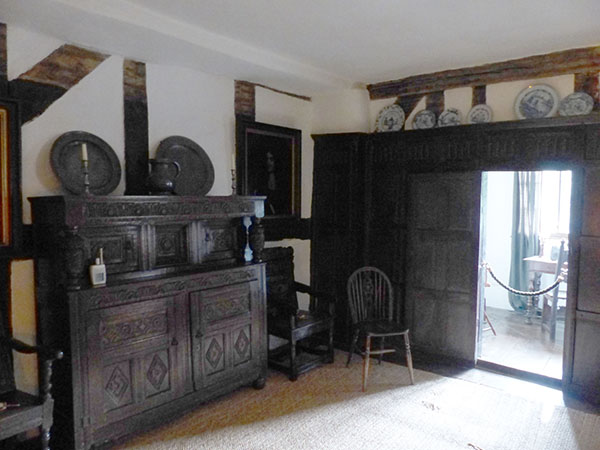

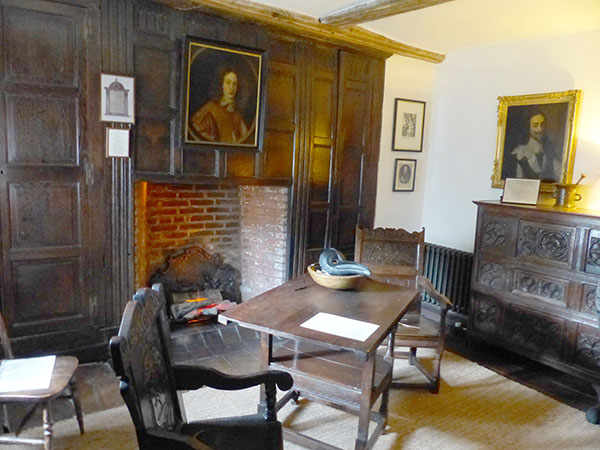
The last space to visit was closed, but it is the attic. The attic holds a chapel and servant's quarters. It also contains look-out areas to watch for anyone arriving at the house. The items in the chapel could be quickly hidden in case someone came to look for anyone practicing Catholicism. Hopefully, the attic will be reopen again soon.
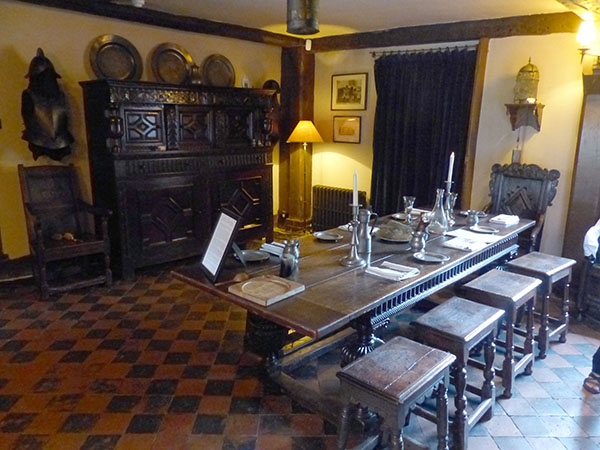
Downstairs is the Great Hall, which was the most luxurious room in the house to show off the wealth and power. We were given an introduction to the room and the placements of the table. The best chair, cutlery, plates, were reserved for the head of the house. The hierarchy of tableware descended from there with the servants eating from wooden plates. The salt, which was an expensive item, was reserved for the head of the table
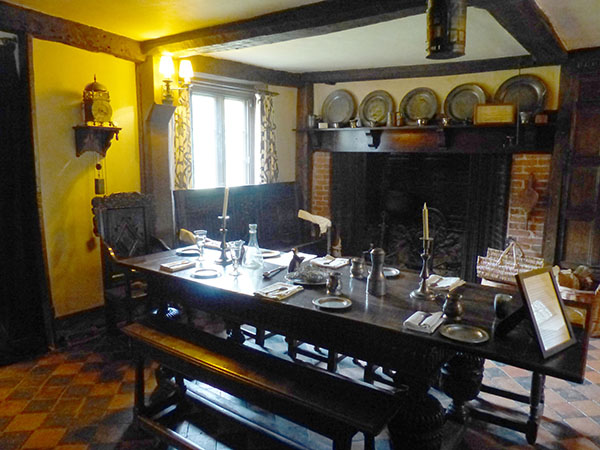
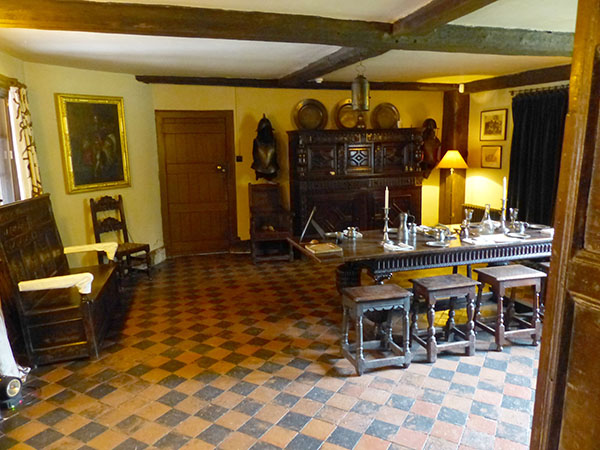
The staircase leads up from the Hall.

The Parlour was the last room to visit. It contains a dispay cabinet with Charles II's signature in a letter to the house.
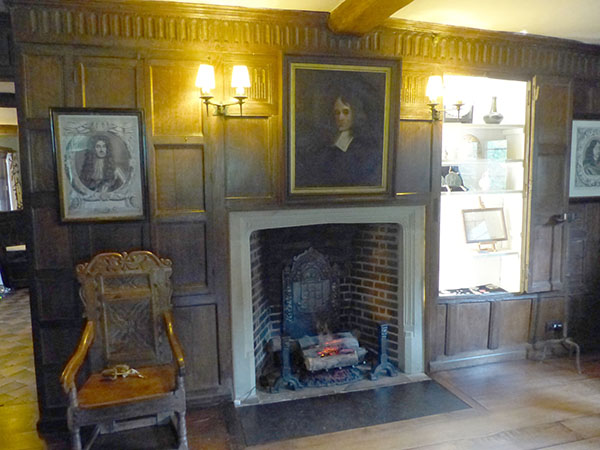
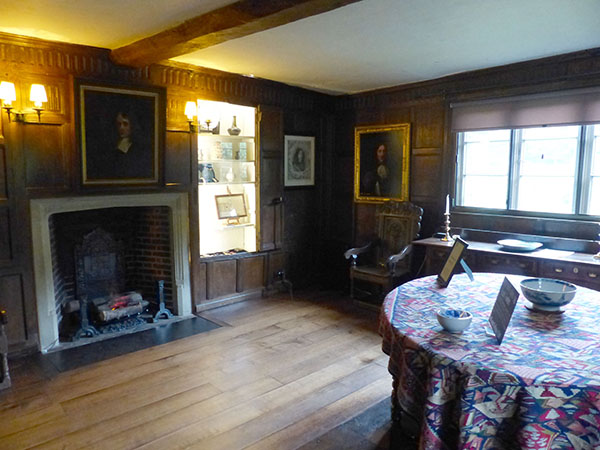
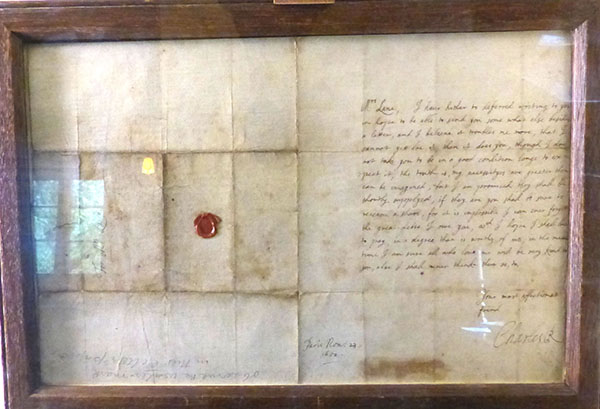
The final room was for the exit, and it has not been decorated up.

After visiting the house, I had a quick walk around the gardens. The knot garden is re-created from 17th century gardens, and it was being maintained during my visit.
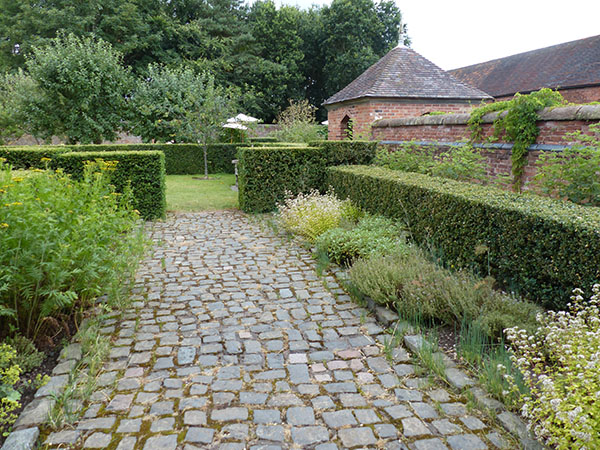

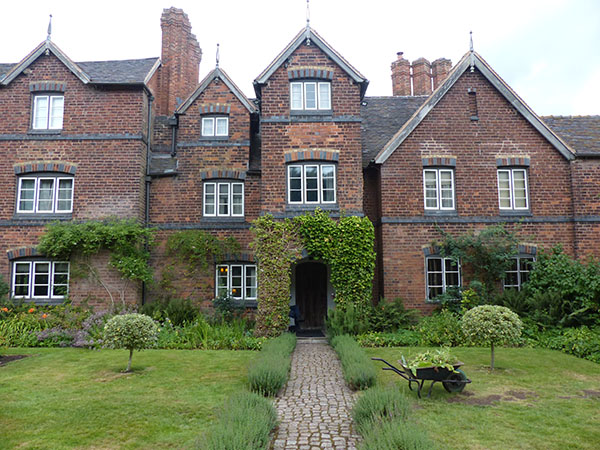
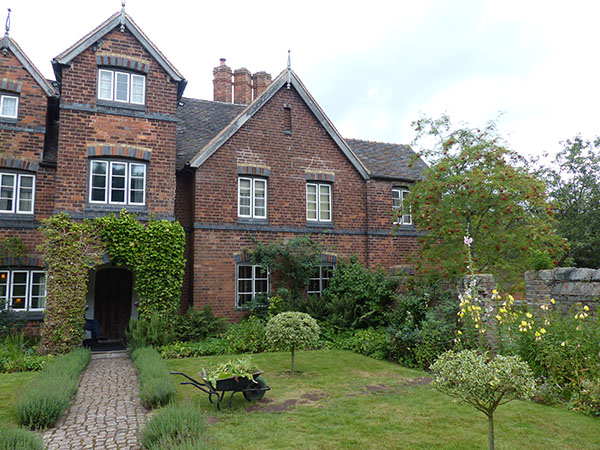
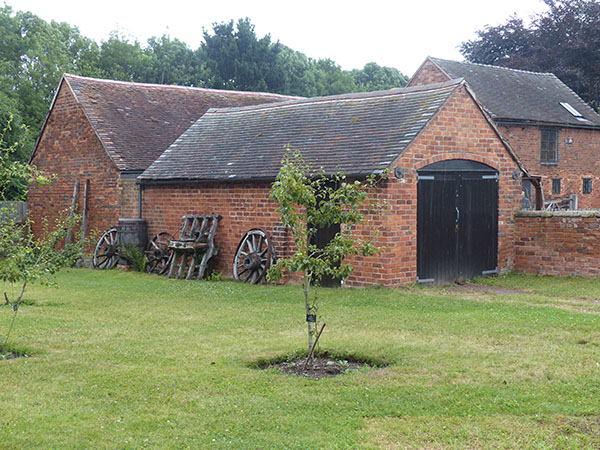
Moseley Old Hall was given to the National Trust in 1962, and it did not include furniture. The house needed a lot of work done to protect it, and these works were completed in 1981. It's well worth a visit, and the volunteers are very knowledgeable and give a lot of information on the property.
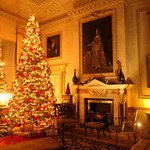
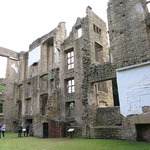
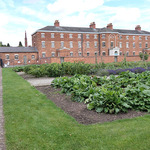
Leave a comment